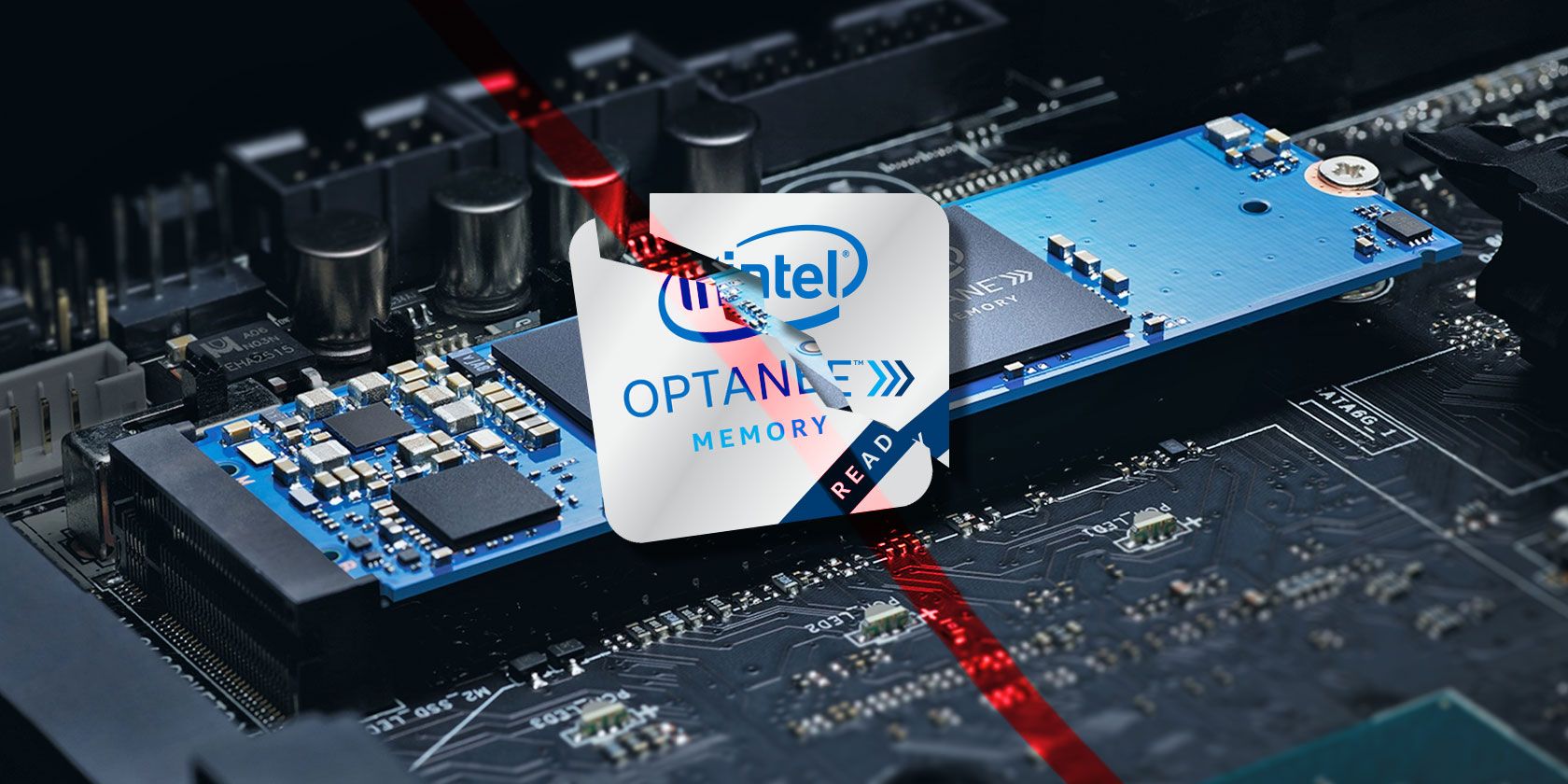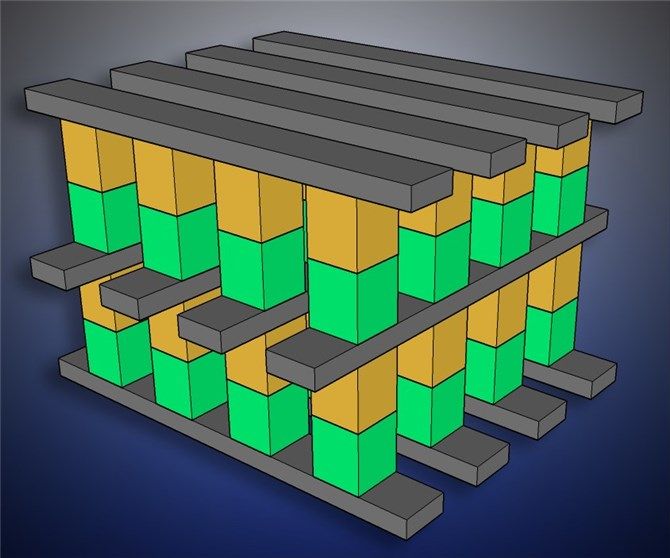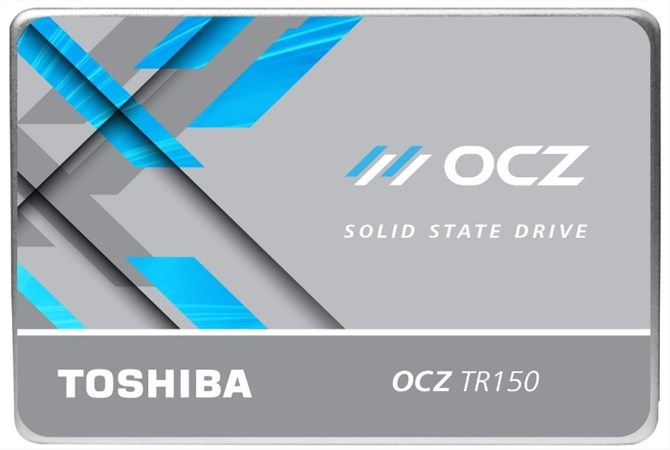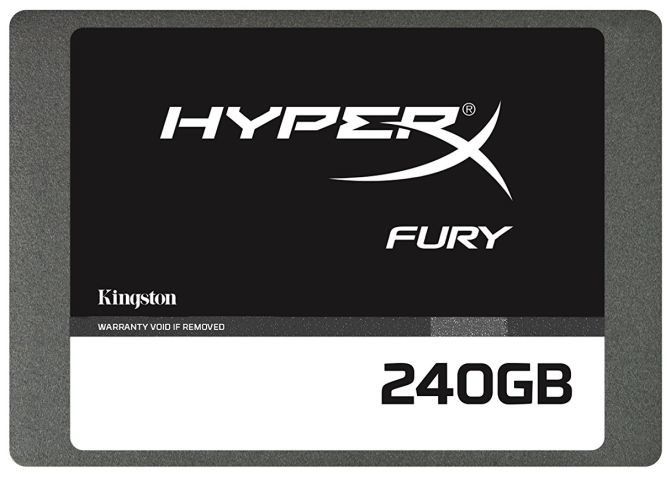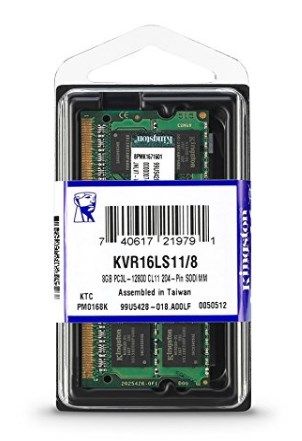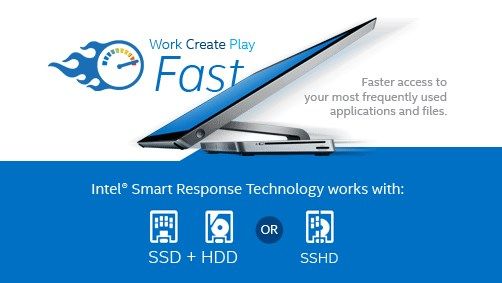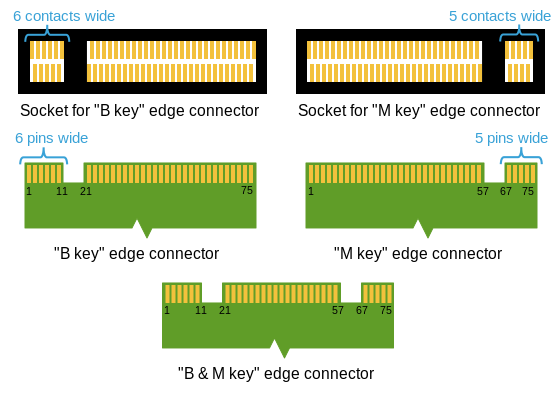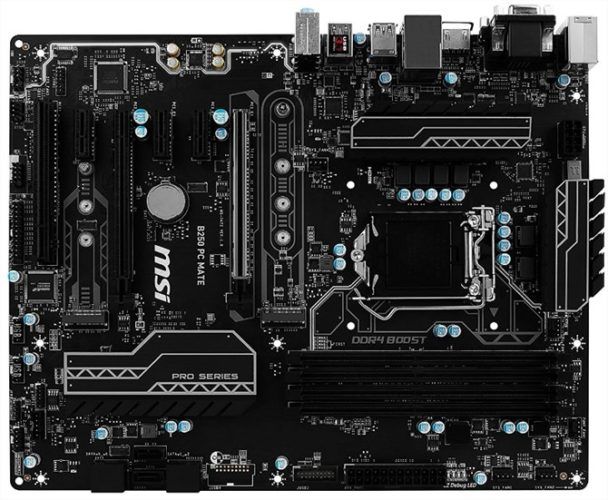Thinking of buying Intel's Optane technology? Think again. While Optane performs like some insane hybrid between RAM and solid state drives (SSD), it suffers from unbelievable problems. Don't trust the hype: it's a rip-off for what they're charging.
But before buying from Intel, you might first want to know what Optane is.
What Is Optane and Why Is It So Hyped?
Optane sold out immediately at Amazon and other online retailers. Chances are, even if you need a drive, you won't be able to get one. But why are consumers so excited about it?
The key technology behind Optane is 3D XPoint. 3D XPoint (pronounced "cross-point") is a new kind of solid state memory, vaguely similar to a memristor. Its commercial development originated as a joint venture between Micron and Intel (Intel-Micron Flash Technologies). And true to the hype, it's several times better than the flash memory found in SSDs. Here's a video explaining the technology:
In short, Optane is a chimera. It melds the 3D architecture of V-NAND, which lends it greater storage density, with the lightning fast latency and bandwidth of RAM. Then it throws in non-volatility, like flash memory. And like a mythological beast, its origins remain a mystery. We know almost nothing about 3D XPoint.
And that's why investing in the technology might not be a good idea. While it's among the fastest SSDs around, there are 10 reasons why you shouldn't buy early models of Optane.
1. Optane Costs a Fortune per Gigabyte
The prices for the newly released 16 GB and 32 GB modules are $44 and $77, respectively. That works out to around $2.75 per gigabyte for the 16 GB module and $2.40 for the 32 GB drive. In comparison, a 960 GB OCZ TRION 150 costs around $0.25 (£0.24) per gigabyte.
However, all sources online have sold out of Optane. And the only way to buy one right now is through third party sellers, who are selling at a small markup.
For the Same Cost, You Can Get an SSD Boot Drive
For $49, it's possible to buy an ADATA 128GB M.2 drive, the SU800 [Broken URL Removed]. While slightly more expensive, you get eight times more storage. For roughly $80, the 2.5-inch Kingston HyperX Fury 240 GB offers seven-and-a-half times the storage of a 32 GB Optane module.
More or less, Optane's limited capacity makes it unsuitable for use as a storage drive or a location to hold your operating system -- except on a Linux-based system. And that's another problem.
Since this article was published, Kingston has released a new version of SSD, the Kingston HyperX Savage.
2. Optane Officially Only Supports Windows (For Now)
If you use Linux or macOS, you might suffer problems using an Optane module. While Intel's overall Linux support has been good, its Optane press releases mention nothing about Linux. In fact, all press releases only mention Windows. While you could almost certainly use the drive for Linux, that might not be advisable. Early Sandforce SSDs suffered from a serious bug in Linux which resulted in data loss. It might not be worth the risk.
Fortunately, the limited capacity of Optane positions it as a cache drive, not a system critical boot drive. But that's kind of an issue.
3. It's a Cache Drive, Not a Complete Drive
A cache drive operates in parallel with a primary boot drive. Where a boot drive stores an operating system, like Windows, a cache drive reads and writes frequently used files. For example, whenever you run a web page, the browser downloads a lot of tiny files, like images and web page code -- and it reads and writes these to a cache.
However, on a slow hard disk drive (HDD), reading and writing take a long time. That's where a cache drive comes in. The cache drive handles tiny, frequently used files. When used in combination with the right software, it vastly improves performance. And while you can technically use the 32 GB Optane drive as a boot device, it's not really designed to work as such. You don't get the advantages of Intel's caching software either (see Reason #5 below).
4. Cache Drives Aren't Magical
Intel's marketing department believes Optane is a world-class accelerator for regular HDDs. What blows this myth out of the water are the performance comparisons between computers that use non-3D XPoint SSDs alongside HDDs. They are close in performance to Optane cache drives combined with HDDs. But that's hardly the least flattering comparison.
What Intel doesn't mention is that RAM can function as a cache drive, with the right software. We refer to this arrangement as a RAM disk. On desktops with spare RAM slots, it's possible to purchase 16 GB of RAM for about $50 ($6 more than Optane's MSRP) and create a significantly faster cache drive that doesn't suffer from wear limitations.
More or less, a RAM disk makes Optane look weak in terms of price-to-performance and raw performance. And those are the most important metrics for desktop enthusiasts.
5. Intel's Caching Software Has Serious Limitations
After years of neglect, Intel finally updated its SSD caching software: Smart Response Technology (SRT). You can't run SRT on a single Optane drive. So if you thought Windows would fit on a 32GB Optane module, you're right. But you'd still need two drives in order to get the maximum benefit from the caching software.
6. There's No mSATA Option for Older Computers
If you own an older computer, you're also out of luck (or in luck, depending on your perspective). Optane only sells in the M.2 form factor. However, the M.2 form factor (pictured below) only comes on relatively newer motherboards.
Even then, Optane doesn't work on just any computer. There are fairly strict requirements that prevent Optane from being used on most computers.
Optane Requires a 7th Generation Intel Processor
Yup. Intel wants you to upgrade to a 7th generation, Kaby Lake processor. There's no reason, either. Well, other than the fact that Intel wants you to purchase a new processor.
Intel's cache booster version of Optane requires a new Intel motherboard. There's nothing special about Optane that would necessitate using a new motherboard. They just want you to upgrade to a -- minimum -- 200-series motherboard. That's Intel's latest. For those who might find that too expensive, the cheapest 200-series is the B250. Specifically, MSI's B250 PC MATE motherboard. It runs for about $80 on Amazon, which is a tad on the hefty side.
7. First-Generation Products Always Have Problems
Like early SSDs that lost performance over time or burned out in a matter of months, first-generation products (particularly those based on cutting-edge technology) often suffer from teething problems.
Optane doesn't seem to differ much. The earlier enterprise SSD based on Optane, the P4800X, doesn't possess uniformly more performance over the highest quality single-level cell (SLC) SSDs out there. On top of that, Anandtech reported that their 32 GB Optane sample burned out during testing. That doesn't bode well for 3D XPoint's reliability.
8. You Can't Use Optane on Most Laptops
As Windows 10 takes up about 20--30 GB of space, even Optane's largest 32 GB capacity can't comfortably accommodate it. More or less, it's not designed as a boot drive. Combine that with the fact that most laptops only provision for a single storage drive and Linux doesn't officially (as of Q1 2017) support Optane, and you have a problem: Optane won't work on most laptops.
On top of that, according to ExtremeTech, Optane's idle power consumption hovers around 1-watt, making it more power hungry than 10 SSDs. High-power consumption makes Optane a desktop-only part.
9. IMFT Also Means Micron
The other partner in the joint IMFT project has no interest in selling exclusively to Intel's customers. Micron almost certainly will develop a version of XPoint that works with AMD, ARM, and other Intel alternatives. Their brand for 3D XPoint is QuantX. The difference between QuantX and Optane: Micron decided to not release a first generation product and instead further refined the technology. QuantX is scheduled for release toward the end of 2017.
What does that mean? Micron will likely release a range of products with better reliability than what Intel is offering in Optane. However, Micron itself doesn't sell drives. It merely produces the memory modules that systems integrators turn into consumer and enterprise products. The two most likely scenarios are that Micron releases the components for 3D XPoint hybrid drives and drives with 3D XPoint caches. The overall impact on the market will be to dramatically shift performance up while depressing the prices of non-XPoint drives down.
10. The Price Will Come Down
Just as NAND SSD prices fell rapidly within the first few years of release, so too will 3D XPoint. Unfortunately, there are only two manufacturers of XPoint modules. And until late 2017 (without delays), Intel controls the market. When Micron enters the market with QuantX in late 2017, prices should begin to decline.
Unless there's a serious supply shortage, which we saw last year in flash prices.
Who Should Buy Optane Drives Then?
Optane costs a fortune per gigabyte. It doesn't work well with laptops. It doesn't work with desktops older than 2016. It doesn't work on non-Intel systems. It's not a magic bullet for performance. It's superfluous on an SSD-only system. So what's the purpose of an Optane cache drive?
There's just one reason: to pressure you into upgrading your motherboard and processor to Intel's latest. And in that regard, it fails miserably. There's no reason to buy it unless you're looking to get your feet wet with a cutting edge technology.
Right now, only commercial users should purchase Optane. The cache drive is a waste of time. However, it's worth noting that Intel will bundle 16 GB sticks of Optane along with certain 200-series motherboards. So if you're in the market for a new high-end motherboard, it might be worth a look. Everyone else interested in Optane, however, should wait until Micron releases QuantX. Not only will competition cause Intel's ruinous per-gigabyte prices to fall, Micron's product isn't a first-generation design.
Have you purchased an Optane drive? Either way, what are your thoughts?

